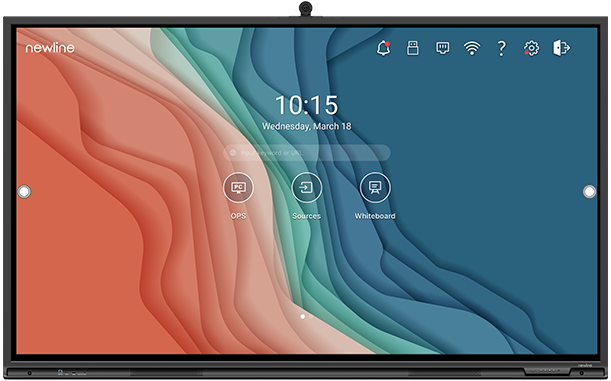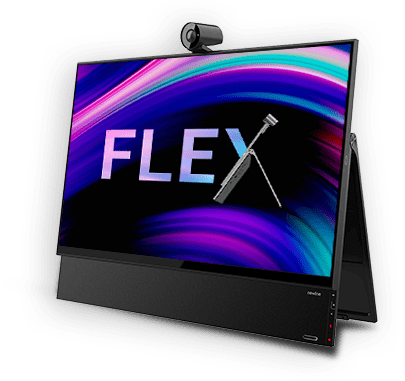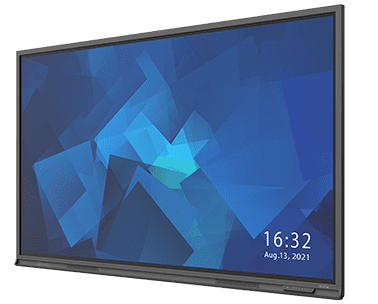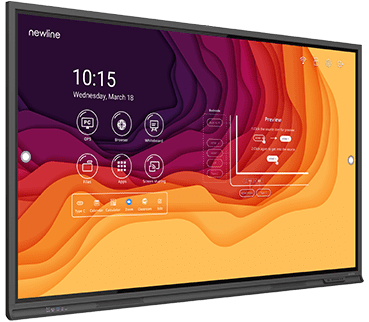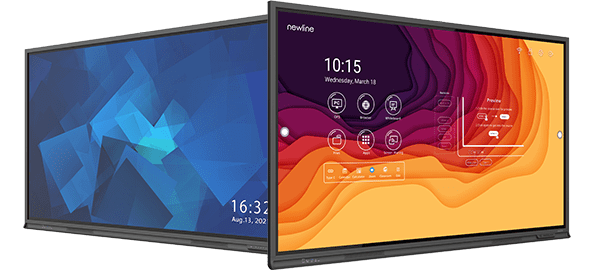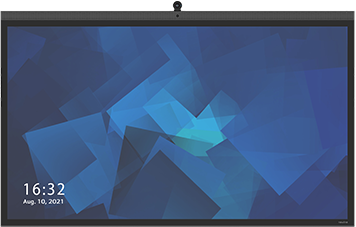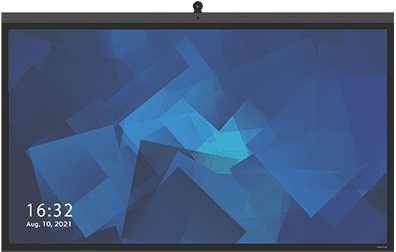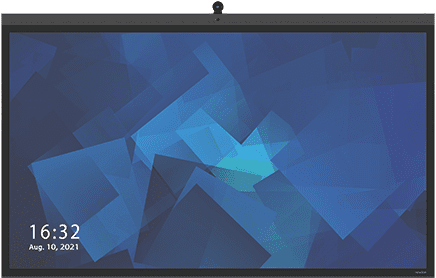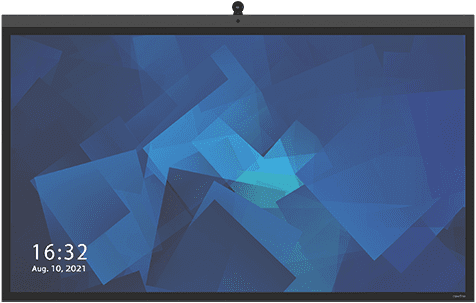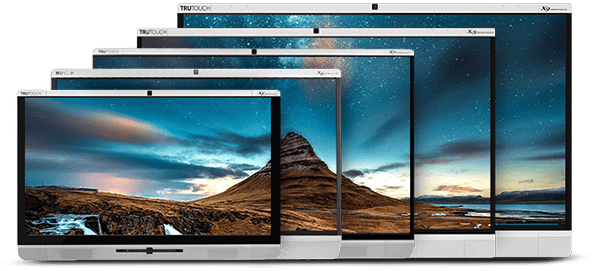As educational technology becomes more prominent in the classroom, many schools have taken to creating a 1 on 1 ratio between students and technology. Whether they are computers, laptops, or iPads, teachers have found great success when each student in their classroom has their own individual device to work on.
These devices are normally pre-loaded with all of the required apps and software that the student will need, locking down the ability for students to add anything additional that might distract them from instruction. And these programs have seen an increase in student engagement and interest in the coursework.
Not only are students more tuned into the work at their fingertips, teachers saw that student had an easier time communicating with their teachers about questions or issues with assignments. Having a digital tool like the phones and other devices that they use at home helped them better relay their problems.
With online coursework and digital quizzes and tests, teachers could spend less time grading and more time giving real-time feedback to students, saving them time to focus more on student instruction and less on reading over and constantly grading papers.
Costs also went down, as replacing an app on an iPad, instead of replacing a full digital camera set, costs next to nothing but the time it takes to download. CD players, speaker systems, scanners, and recorders that all used to need to be physical equipment, all go digital and immediately remove the old lines in an invoice, freeing up your budget to take on additional school projects.
Being able to provide direct instruction using technology is a boon to classrooms all over the country. And as more and more schools take on 1:1 projects, edtech will continue to show a marked improvement in overall course effectiveness.


